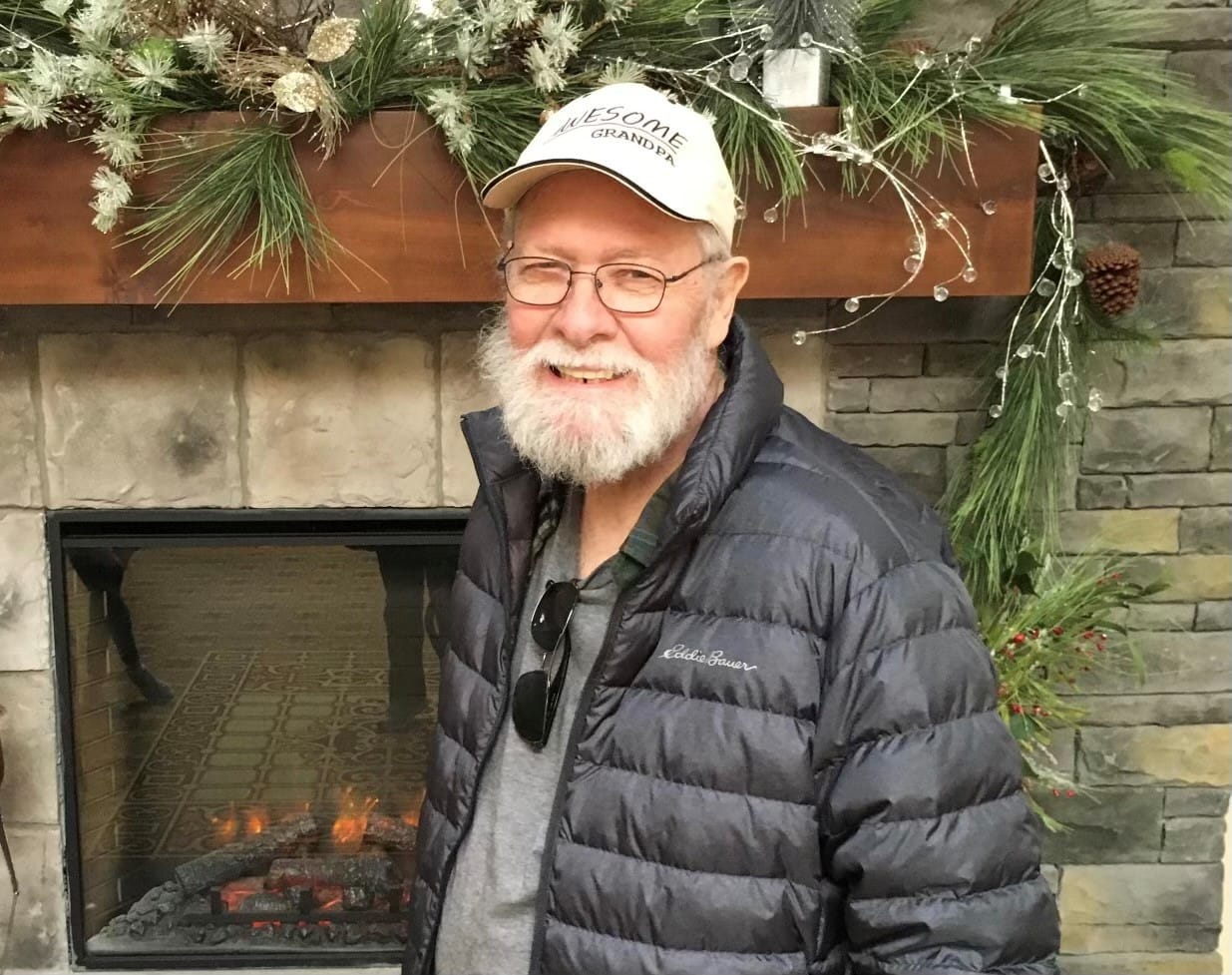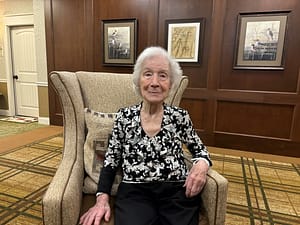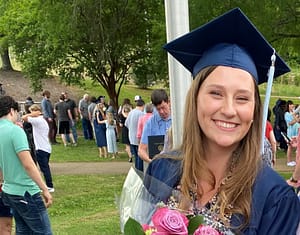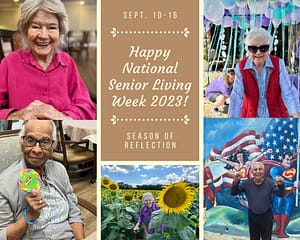A Resident Feature
Seventh-grader Tom Wolfmeyer stared up into the sky with his brother by his side. The boys were watching something new going across the familiar stars and constellations… something that blinked.
It was 1957. Millions of people from St. Petersburg to St. Louis were watching Sputnik and wondering just how it would change their world.
For Tom, growing up on a farm in the Ozarks, the space race would end up shaping his future significantly.
Tom was the son of an Army medic who served in the Philippines during World War II. He was one of five children, and his father would be very proud that all five eventually graduated from college.
Joining the Navy
During the height of the Vietnam War, Tom joined the Naval Reserves. He reported to active duty in 1966.
Tom started active duty at Olathe Naval Air Station in Kansas City before being sent to Norfolk, Virginia. He was assigned to the USS Randolph (CVS-15) aircraft carrier.
“It was an anti-submarine warfare aircraft carrier,” Tom explained. “That was what the business of that carrier was – they were looking for Russian subs.”
During his years in service, 1966-1968, the vessel traveled to the Mediterranean, South America and several of the Virgin Islands.
One of those cruises in the Mediterranean took place during the Arab-Israeli Six-Day War.
“We were a standby carrier to evacuate Americans from Israel, but we didn’t have to do it because the war was resolved before we had to evacuate anyone,” Tom remembered.
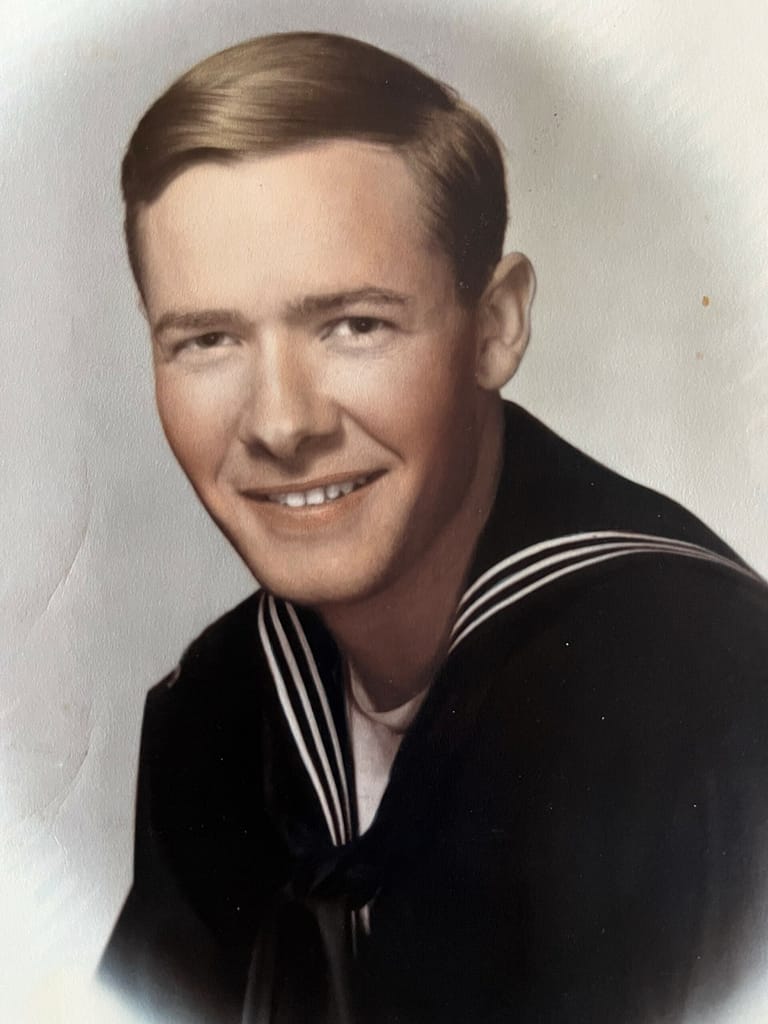
Newspaper Man
When Tom first arrived on board, he was assigned traditional kitchen duty, but soon he met a crew member from the public affairs office who gave him the ticket to moving on.
“He asked me if I had any writing experience,” Tom remembered. “I had two years of college at the time, so naturally I said yes.”
Tom worked with about seven others in the public affairs office, as a journalist seaman. He wrote the ship’s daily newspaper. He was in charge of gathering the news, adapting it for the four- to six-page newspaper, printing the paper, and distributing it around the ship. He worked from about 6 p.m. to 6 a.m. each day.
When the Randolph was close to shore, a plane (COD) would bring the mail and current newspapers each day – “The New York Times,” “The Washington Post,” and “Ledger Star” out of Norfolk, Virginia.
“I would usually get my hands on one of the three papers,” Tom said. “The other two papers went to the admiral and the captain.”
When the ship was out at sea, however, getting the news was a bit more difficult.
“If a communications device was available, we would get the United Press International and Associated Press news, and if it wasn’t, I’d go out on the fantail and use a recorder and pick up whatever I could out of the air,” Tom said.
The ship’s newspaper featured state news and world news.
“People counted on [the paper] as a source of information, although a lot of stuff was censored,” Tom said. “You had to be careful what you put out because there was a war going on.”
One type of news the crew looked forward to was not sensitive at all, though – sports!
“One of the things you always had to do in football season was to make sure you got all of the football scores,” Tom said. “In baseball season, you had to get all the baseball scores. I can remember this one guy who was a second-class cook, and he was a big-time Alabama fan. I made sure he got Xerox copies of what Alabama was doing, and in the meantime, we always ate good in the public affairs office.”
While Tom enjoyed his work on the newspaper in the Navy, what he found most fulfilling was writing news releases for the sailors’ hometown papers. He wrote several of them a day.
“You’d get some sailor, who’d never been anywhere in his life, and all of a sudden he’s on this big ship out in the middle of the ocean, and it’s a big-time job, and you write a story up about him, and you send it off to the hometown newspaper,” Tom shared. “I had any number of guys come back and tell me how much that meant to them and their families that they were recognized as doing something important. I think that was probably more gratifying than anything else – to have some kid from the middle of nowhere, and all of a sudden he’s a big deal in his hometown because he’s working on the flight deck of an aircraft carrier, doing something very dangerous and very important.”
Space Career
Tom discharged from the Navy 1968 when the Randolph was decommissioned.
His first job out of the service was writing for the Redevelopment and Housing Authority in Norfolk. After about a year, he returned to college. He graduated from Old Dominion University in Norfolk with his bachelor’s degree in political science.
New doors opened quickly.
“I went to work for a contractor, and one of my first jobs with him was as a project manager at NASA Research Center in Hampton, Virginia, Langley Research Center,” Tom said.
At Langley, Tom was a marketing guy. He was privileged to work on the Mars project before he was sent to San Diego.
“I had marketed our capabilities to Rockwell International up in Downey, California, and Rockwell had decided they were going to bid on this space shuttle operations contract,” Tom explained. “I went and made a presentation to them about our capability, and they got on the team and worked on a proposal, and Rockwell won the proposal.”
Thus began Tom’s 1984-2009 career supporting Mission Control at the Johnson Space Center in Houston.
“I was with a company called United Space Alliance, and I worked on the space shuttle and space station program,” Tom said. “We trained the astronauts, and we planned and flew the missions.”
Tom had only been on the job for a month at Mission Control when tragedy occurred – the Challenger explosion.
“There were probably three to four thousand people in that building, and everyone gathered at launch time,” Tom remembered. “To see that happen was just really tragic. It rekindled in everyone the importance of the job, no matter whether you were on the launch pad or not. There were like 10,000 people on our contract, and everybody’s job was important in one way or the other.”
Tom’s responsibility was in the management training program and providing support to the flight operations director.
“They would identify people in various organizations that were up-and-comers,” Tom said. “It was always interesting to me to see where some of them ultimately got to. One guy I started out with ended up becoming the number-two guy in the organization.”
Tom loved getting to meet so many interesting and famous people, from astronauts to Dr. Chris Kraft, the former voice of mission control who came to Mission Control as a consultant after his retirement.
“He was as down-to-earth as could be and a brilliant man,” Tom said. “You just never knew who you would encounter there.”
On three occasions, Tom traveled to Florida to watch space shuttle launches. Unfortunately, each time, the launch was scrubbed for one reason or another, so he never got to see one in person.
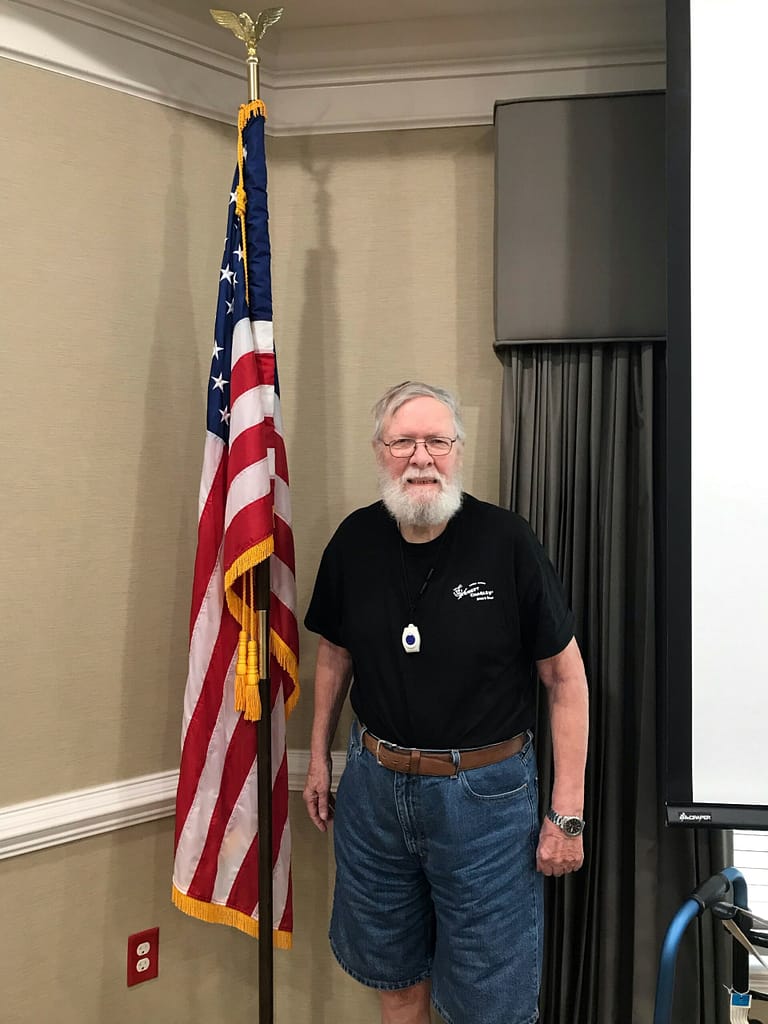
Life at Morning Pointe
Tom retired from the space program and continued living in Texas until he had a major stroke three years ago. After doing rehabilitation, he and his therapists realized that it wasn’t going to be safe to continue living in his townhome. So, he moved to Tennessee to be close to his daughter.
His daughter evaluated about seven assisted living facilities and selected Morning Pointe of Chattanooga at Shallowford. He was at the community when it was devastated by the Easter 2020 tornado that hit Chattanooga. That night, he moved to Morning Pointe of East Hamilton, just six miles away.
Tom praised the team of associates who kept him and the other residents safe and cared for during the natural disaster – from clinical staff to directors to company leadership.
“The main thing that I’ve noticed about both of the campuses is the personnel,” Tom said. “They’re really committed people, no matter what level they’re at. The people here are really good, and they take good care of us.”
In looking back, Tom isn’t most proud of his time in the Navy, or his involvement in the space program. He is most proud of his family – his son and daughter and his four granddaughters.
“When it all comes down to it, I don’t care what you do, I think the one thing you can count on is family,” Tom said. “I have four granddaughters, and they’re all really bright kids, and I hope they go on and have stellar futures.”
Of course, he continues to follow space exploration.
Who would have guessed the future of the seventh-grader staring in wonder at Sputnik?
Tom concluded: “When I worked on the Mars project, in the late 1970s, the space shuttle was first tested, and one of the guys who worked for me gave me a poster of the shuttle and said something like, ‘Well, maybe someday you’ll work on this thing.’ As it turns out, that was a major part of my career, and that was really amazing.”

